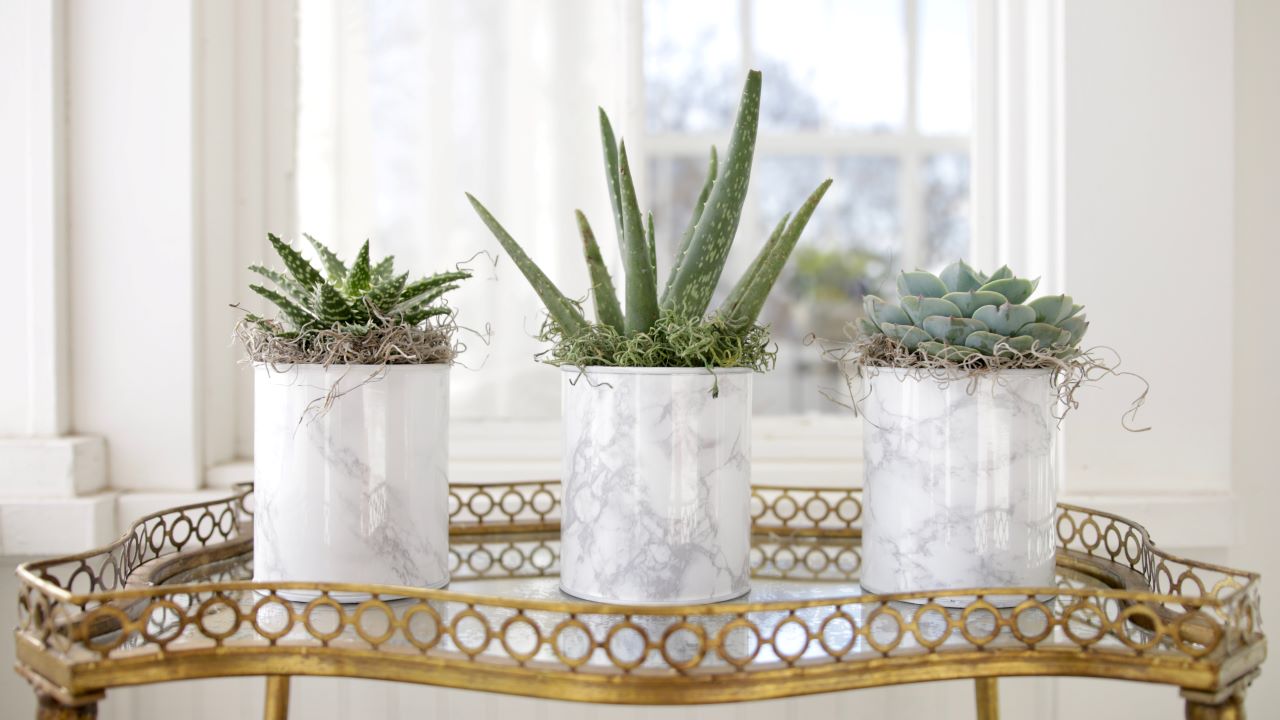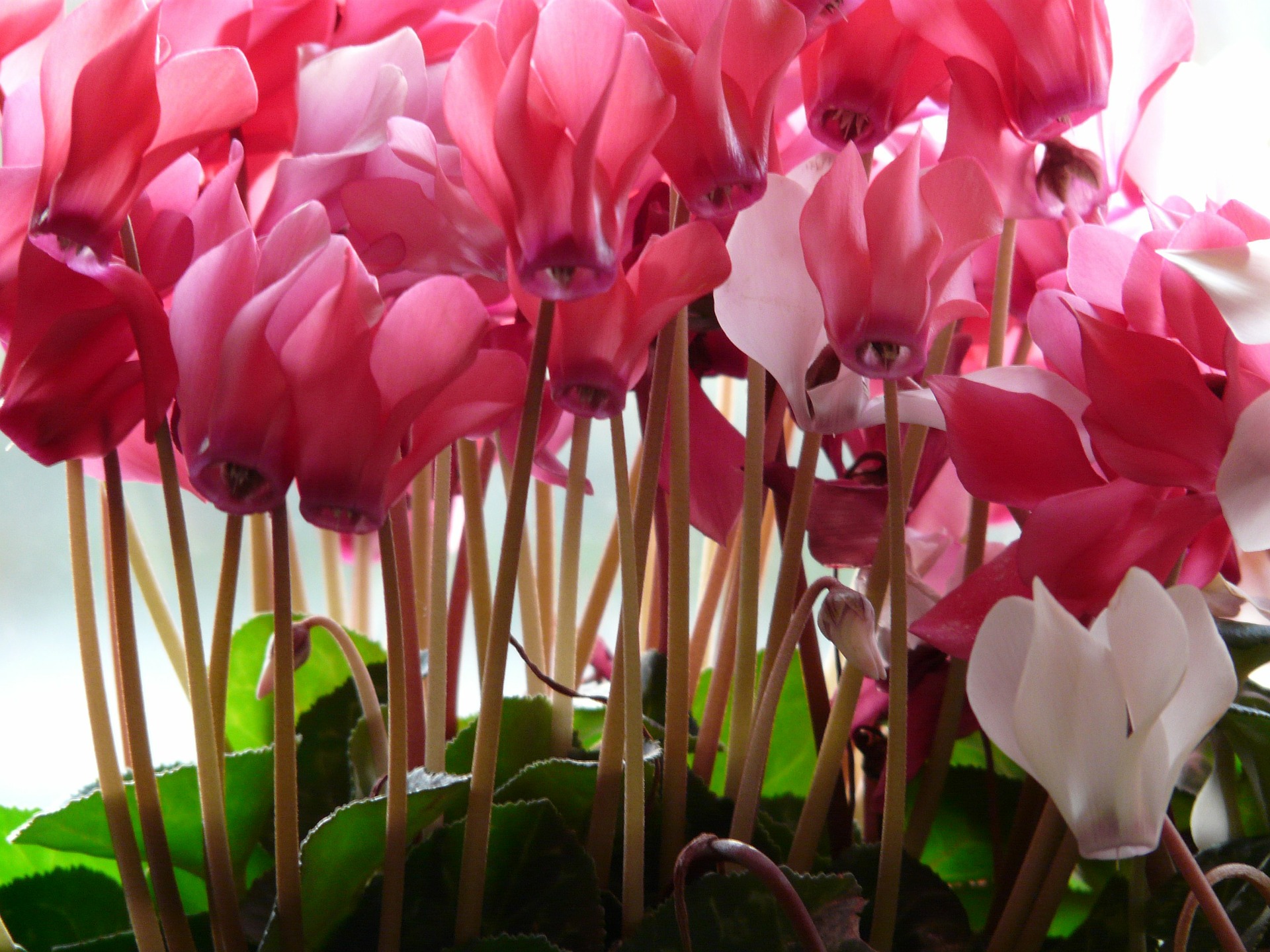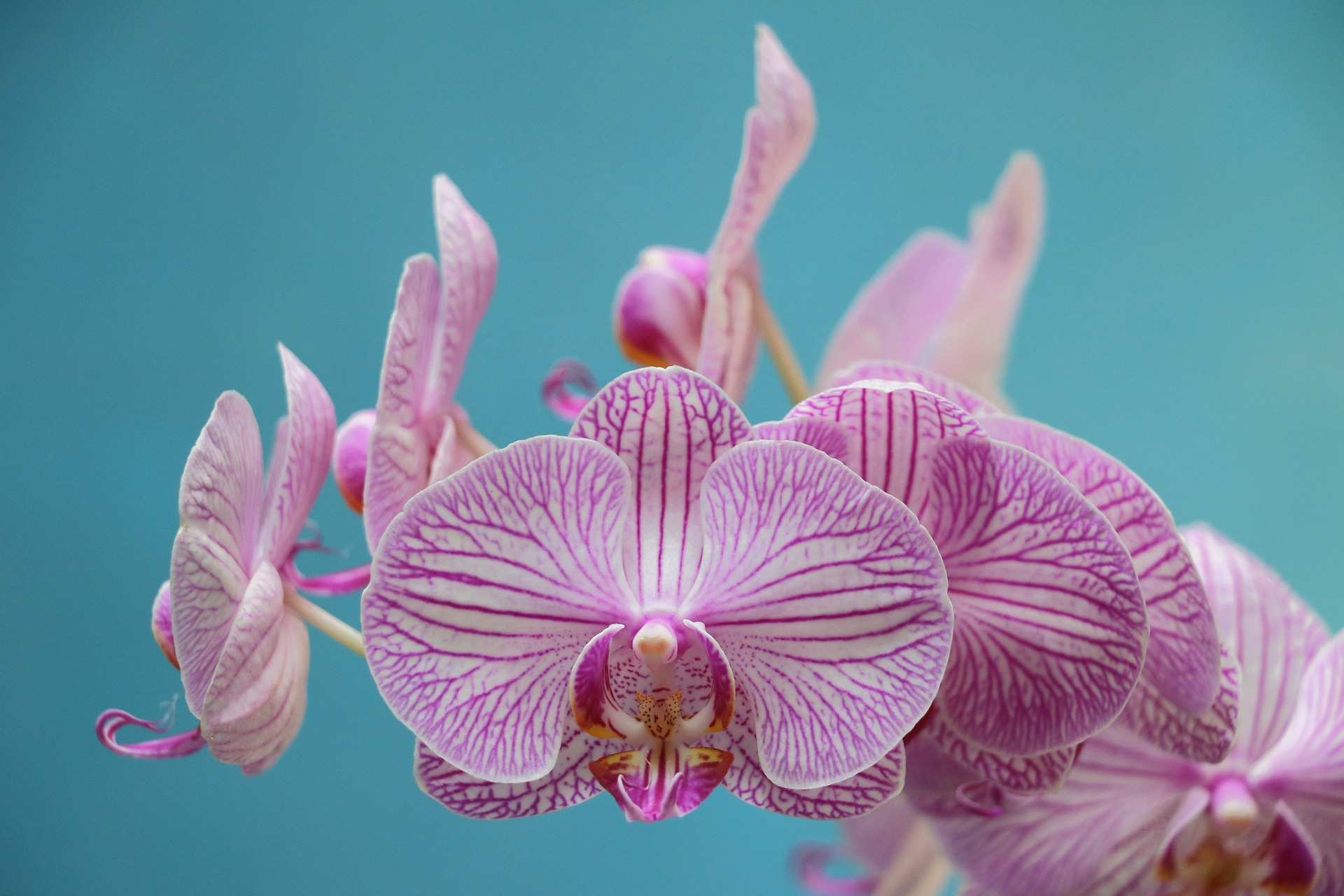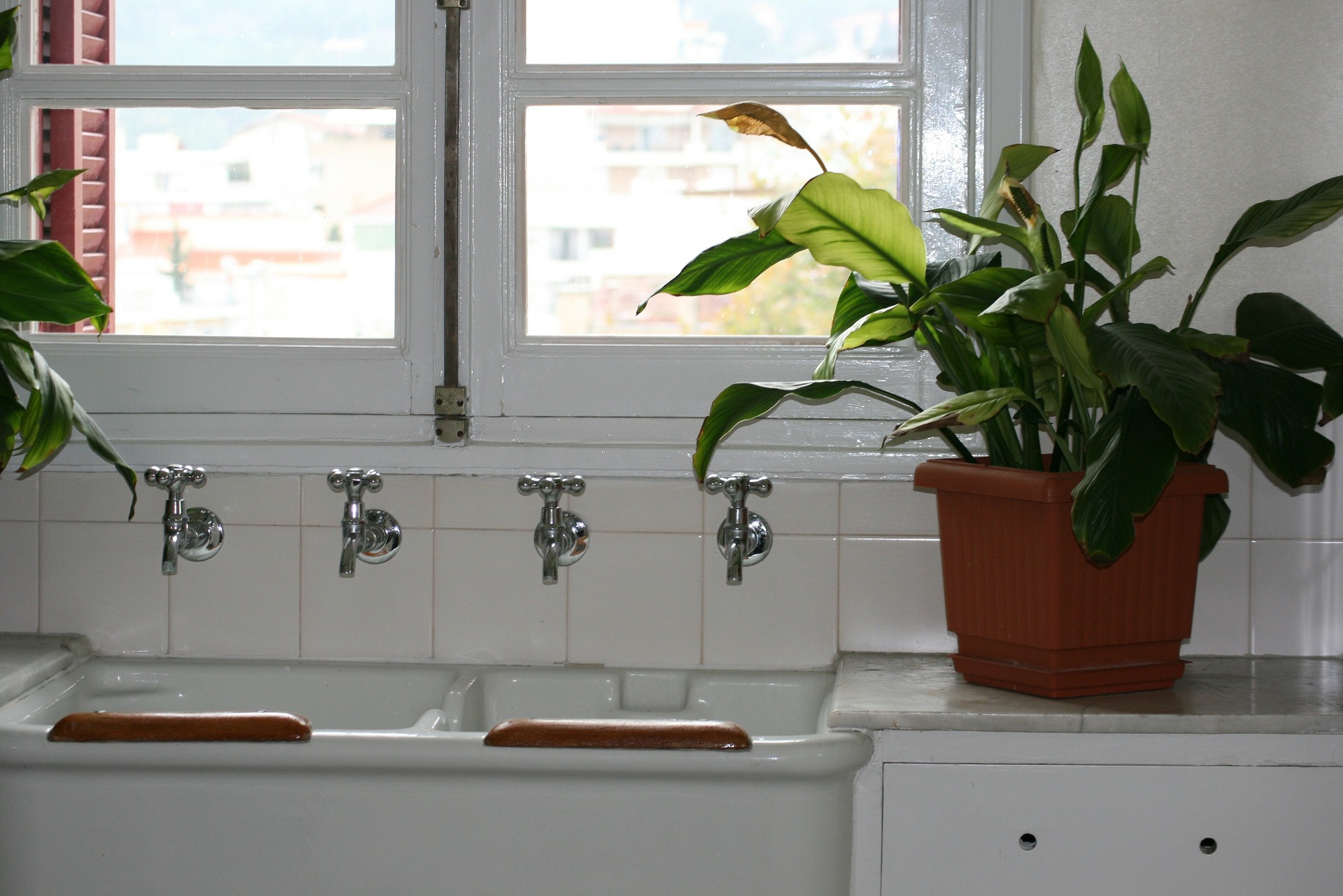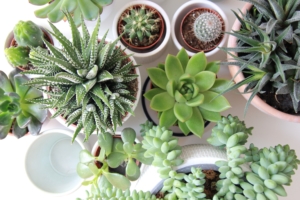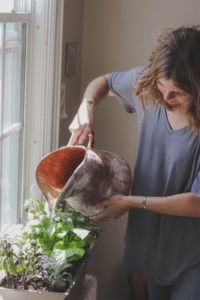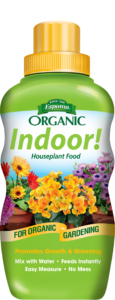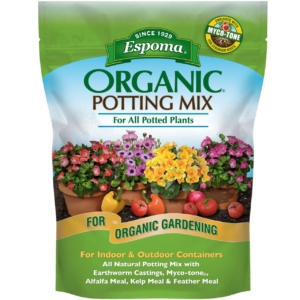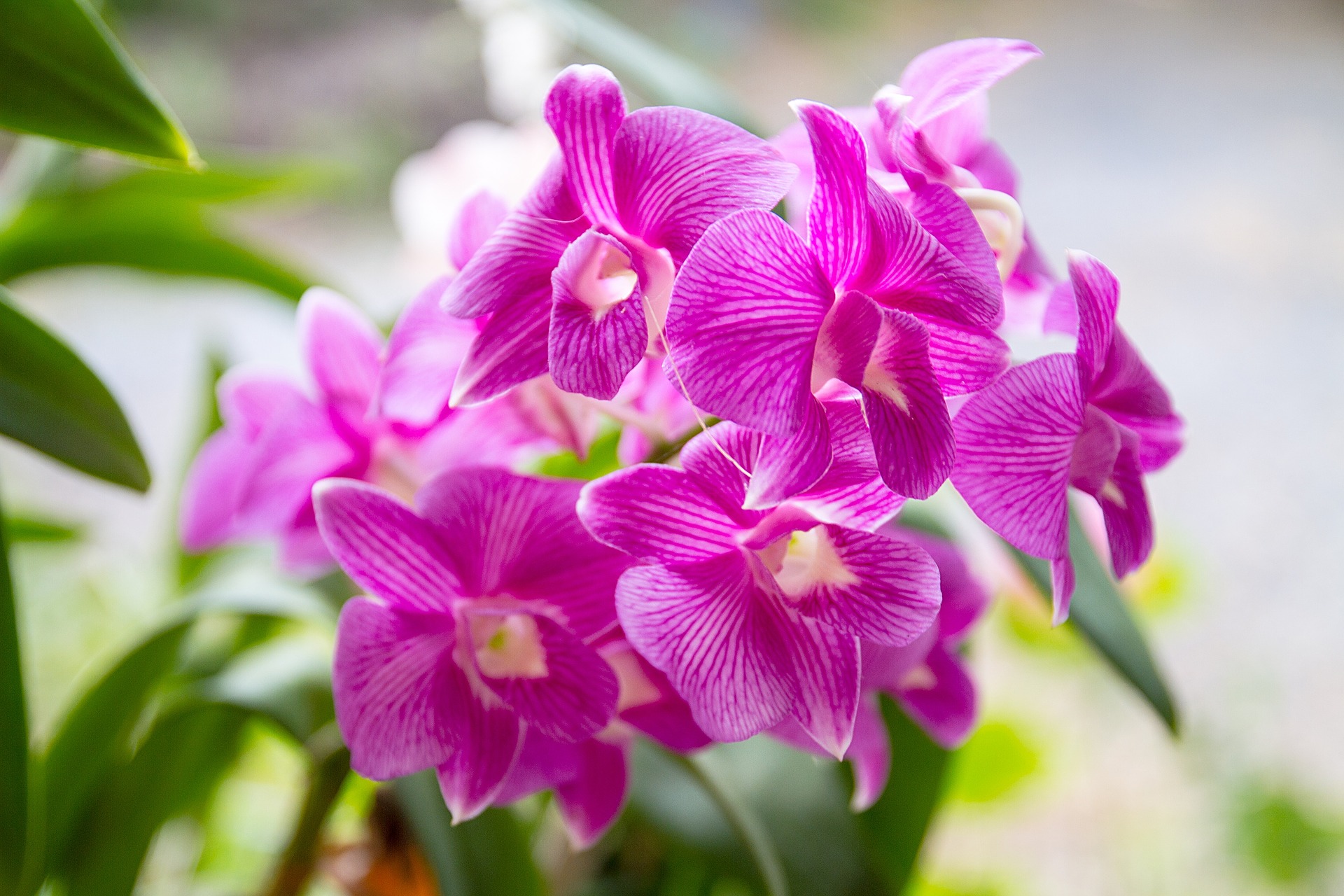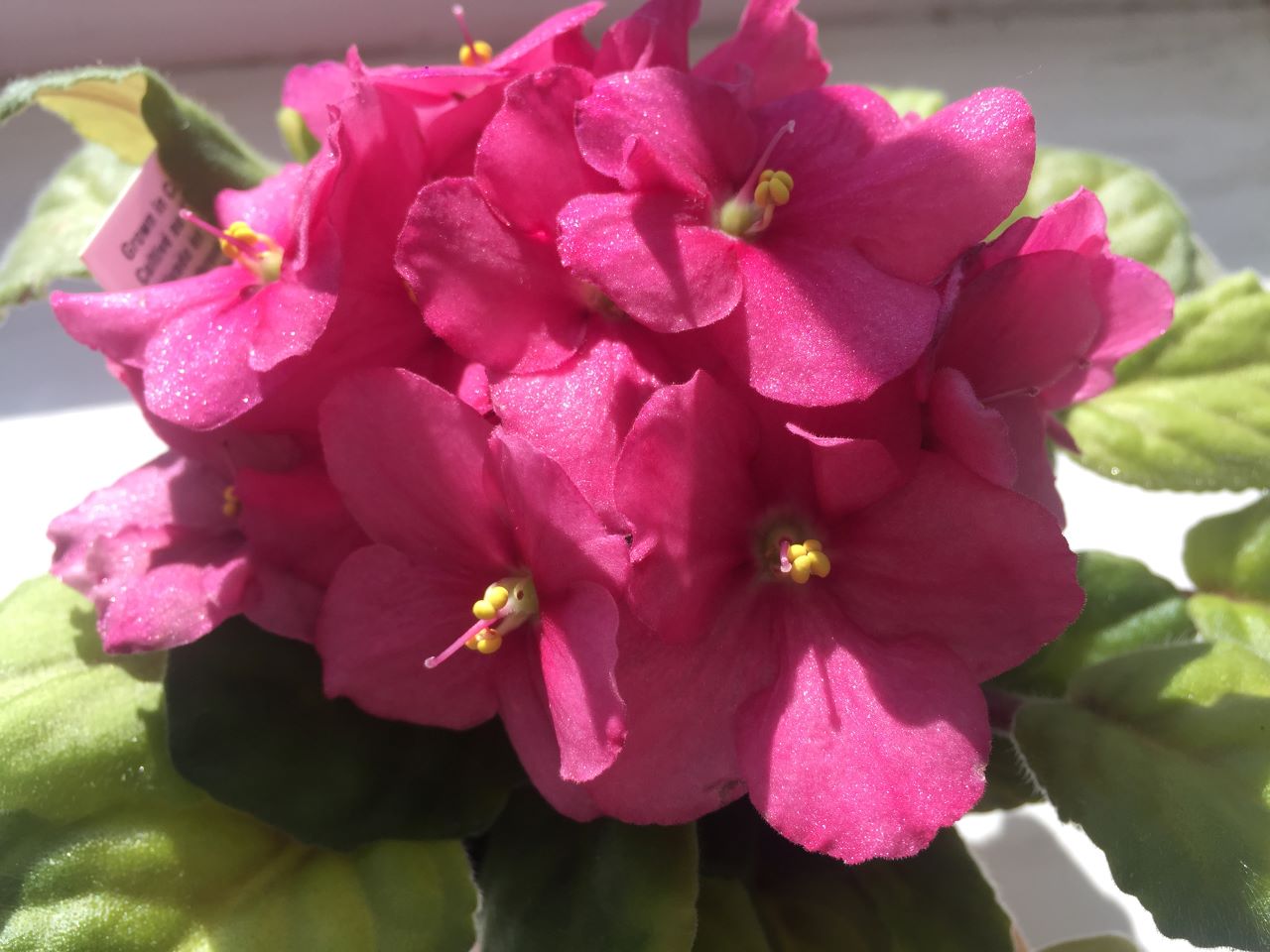Three Secrets to Cactus Success
Cacti make the perfect houseplant. Their water-saving properties make them very low-maintenance. They’re trending in the design world, too, making them very stylish additions to any interior.
Growing cacti indoors adds a beautiful touch to any home. And although they can survive with very little care, they won’t necessarily thrive. In order to keep your cacti alive and well, follow these simple care instructions.
Soil
As you probably already know, cacti love desert-like conditions. Think dry, well-drained soil. When planting cacti indoors, be sure to use Espoma’s Organic Cactus Mix. The all natural potting soil provides optimum aeration and drainage to create the best growing conditions. Choose a stylish pot with a drainage hole to match your décor.
Water
One of the biggest causes of death to houseplants is over-watering. When it comes to watering your cactus, less is more. Water sparingly when soil is dry and let the water trickle through. Don’t allow cacti to sit in a pool of water, as this will lead to rotting roots and other complications.
Use your best judgement to decide whether or not your cactus needs some water. Hint – if it looks shriveled, it might mean that it’s dipping into its water reserves. This is when you should give your cactus a little bit of water to replenish it.
Light & Temperature
Keep your cacti happy by placing it on a windowsill or another sunny spot. About 3-4 hours of sunlight every day is ideal for cacti, but they will survive with indirect sunlight, too. We suggest a south or east facing window.
Cacti are also great houseplants because they can tolerate a wide range of temperatures. They can survive in temperatures as low as 50°F and as high as 85°F, making the temperate in your home the perfect environment.
Nutrients
Give your plant a boost by fertilizing as needed with Espoma’s new Cactus! Succulent plant food. This provides plants with the nutrients they need instantly.
Ready to try more desert-like plants? Learn how to care and create a succulent planter.

